Alsace, a picture-perfect rural region of rich vineyards, farmlands, soft green mountains and rolling valleys, sits on France’s northeast border, next to Germany. Around every bend along the narrow roads are charming villages with winding cobbled streets and neatly painted black and white timbered houses. In summer, pink and purple and scarlet geraniums blossom in gardens and window boxes. Though the region is only 20 miles wide and 100 miles long, its largest city, Strasbourg, has a population of more than 388,000, with a magnificent cathedral, and is home to the prestigious Council of Europe.
The Alsace tourist office, in association with the region’s Jewish communities, has produced an illustrated brochure in French and English describing some 200 places with Jewish significance and many special events that have been set up in towns and villages.
Alsace has a long Jewish history. In 1170, a Spanish Jew traveling in Europe wrote about a flourishing Jewish community in Strasbourg. Most of the Jews left in 1348 during the Black Death, when anti-Semites accused them of poisoning the wells. The Jews settled in villages and small rural communities to become farmers, cattle traders and secondhand clothes dealers.
It was the French Revolution’s Emancipation Decree that gave the 20,000 Jews in Alsace full citizenship in 1791. People moved back to the towns from the villages to work in industry and other trades, and the Jewish population increased. When the Germans occupied France in 1940, the Jews were expelled from Alsace.
Alsace itself suffered during the war. The Germans invaded and hung their swastika flag on Strasbourg Cathedral. Non-Jewish Alsatians who refused to fight for the German army were forced to build the Struthof concentration camp for their incarceration. Some 40,000 people from Alsace died. The camp, with its barbed wire and crematorium buildings, is open today as a tragic memorial.
After 1945, the survivors returned to Alsace, settling mostly in the cities. Today, Alsace is an important Jewish center.
Yiddish has influenced the Alsatian dialect, which you can still hear today. Words like schmooze (chat) and meshuge (crazy) are part of the language adapted from Jewish residents.
In Strasbourg, there is a guided walking tour called Discovering Jewish Heritage. The city’s Alsatian Museum has two rooms devoted to the Jewish community with treasured objects on display from local synagogues. You can also find restaurants that serve Jewish-Alsatian specialties such as sauerkraut, the traditional dish cooked with beef or goose, not pork; strudel, here an apple, raisin and cinnamon cake; and pickelfleisch (beef brisket in brine) – that’s pastrami to you.
Once you leave the city, there are dozens of villages with places of Jewish interest easily reached by car or bus. Guided tours are available. For the energetic, there’s a 50-mile bicycle trip touring a group of villages with Jewish connections.
Wolfisheim, just north of the city, has an beautifully restored 1897 synagogue. Further northeast is Bouxwiller, the county capital in 1791, a lovely village with distinctive stone fountains. You can visit the old synagogue, which has been converted into a modern museum showing the culture and history of Judaism.
In Pfaffenhoffen, the oldest synagogue in the region, built in 1791, has been completely restored and is open to visitors. Upstairs, where services were held, is an ornate frame for the ark that looks like an elaborate doorway, while downstairs is a community room, a matzah oven, a mikvah and a room for guests. You can also visit Ettendorf, about four miles southwest, where the oldest Jewish cemetery in Alsace sits on a hillside.
Hagenau, a few miles to the east on the banks of the Moder River, has a collection of Jewish art and artifacts in the Museum of History, which tells the story of the town from the 12th century to the 19th century. Marmoutier, to the south, has created a museum in an old house with a mikvah. On display are memorabilia of famous Jews from the town, among them the artist Alphonse Levy and his patron, Albert Kahn.
Colmar, a major town in the central southern region, is renowned for Little Venice, an area that has miles of peaceful winding waterways that you can tour by boat. The sculptor August Bartholdi, who designed the Statue of Liberty, lived here. The Bartholdi Museum commemorates his life and work and also displays Jewish arts.
The Alsace region is famous for its vineyards, particularly its white wines. There are vineyards in Goxwiller and Sigolsheim specializing in kosher wine; you can take a tour and taste the different vintages. In Wasselonne, there’s a company that makes unleavened bread products, which also offers tours. Several villages have excellent restaurants serving Alsatian-Jewish specialties.
For more information, contact France-on-Call Hotline at (410) 286-8310 or the French Government Tourist Office in Los Angeles at (310) 271-4721, at 9454 Wilshire Blvd., Suite 715, Beverly Hills CA 90212. Its Web site is francetourism.com
Travel expert Evelyn Kaye’s books include “Free Vacations,” “Active Woman Vacation Guide,” and “Adventures in Japan.” You can reach her at www.travelbooks123.com.

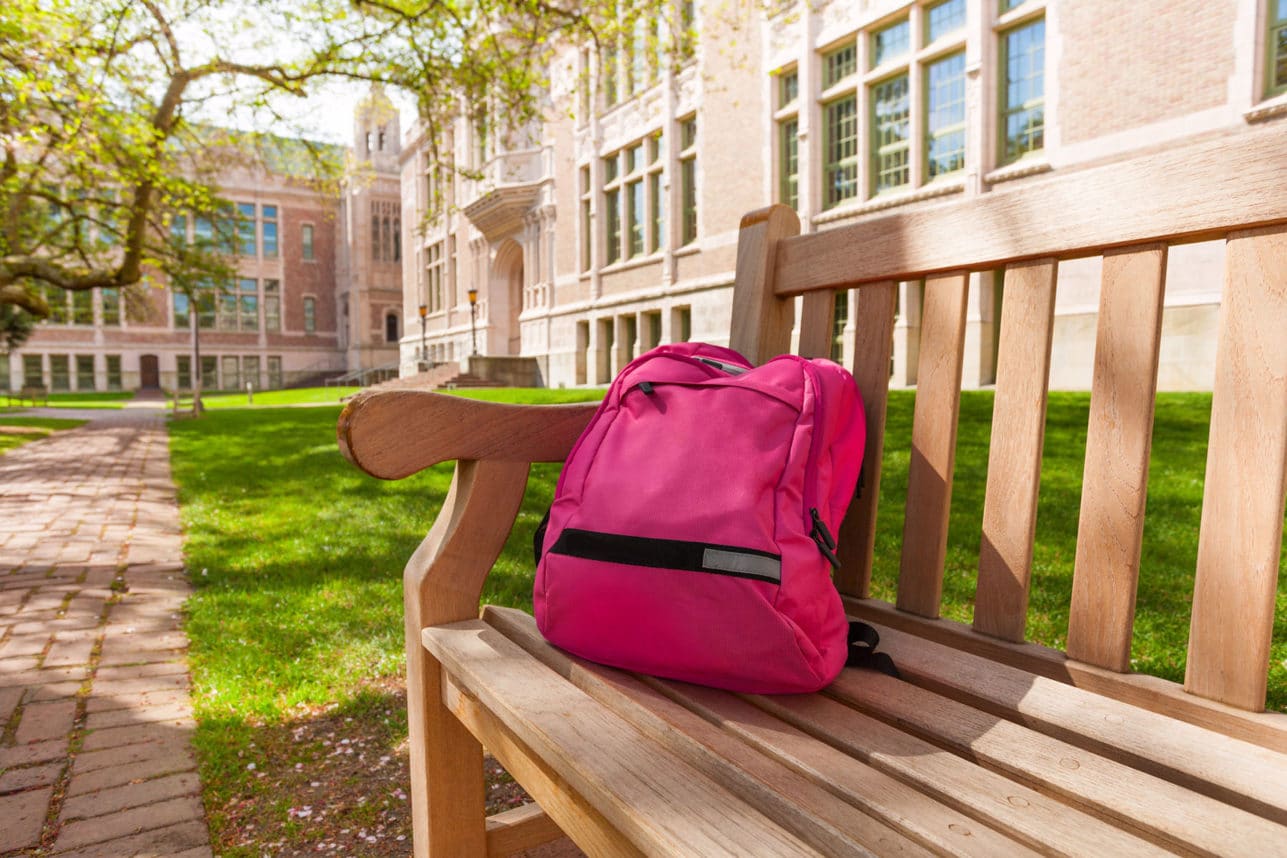

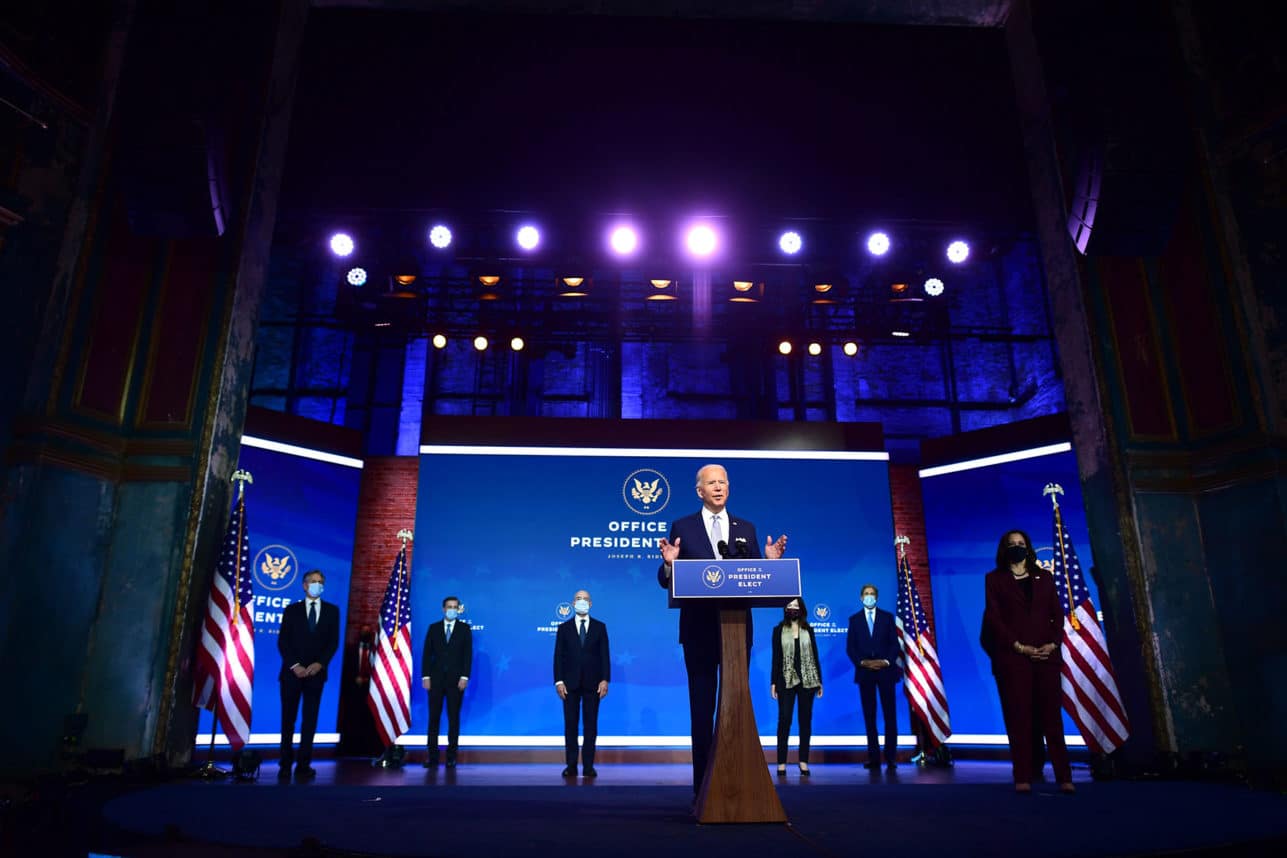
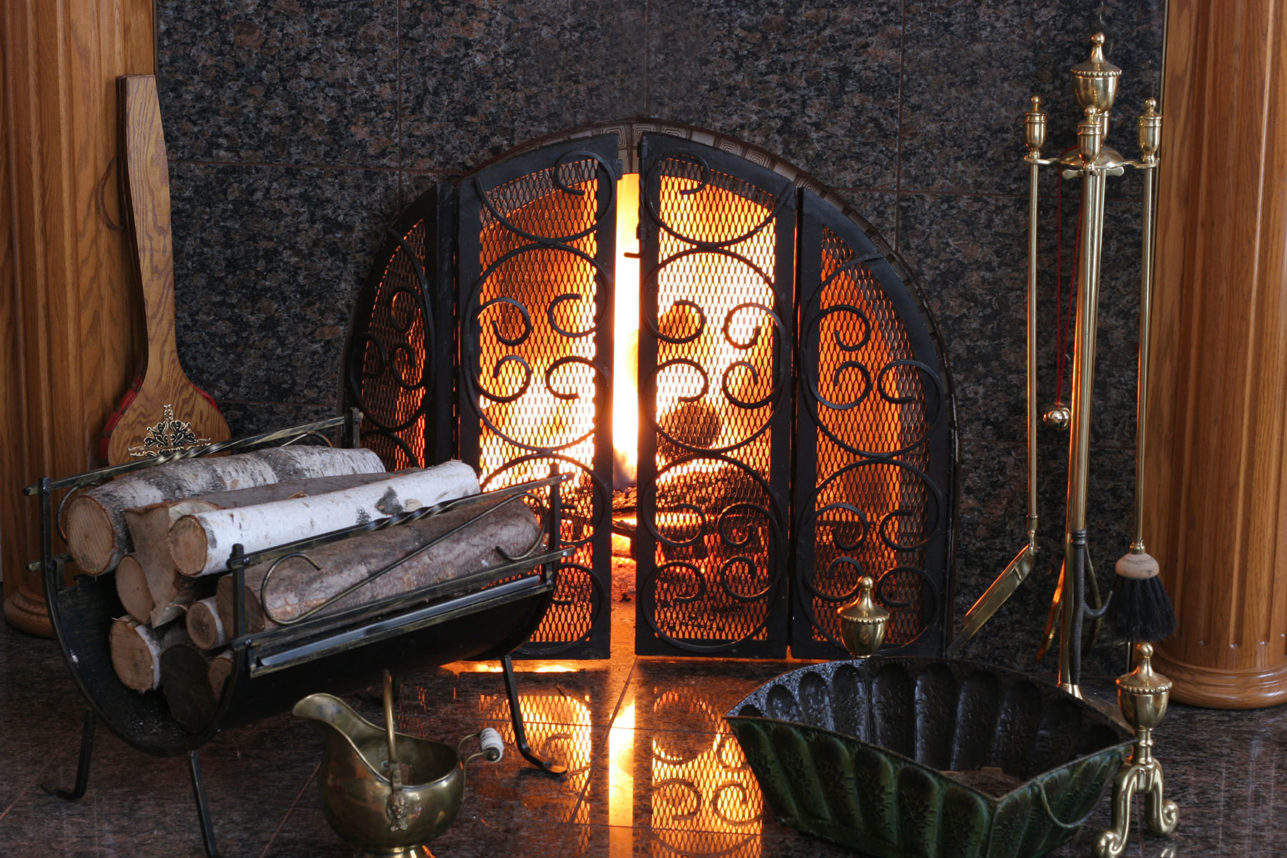
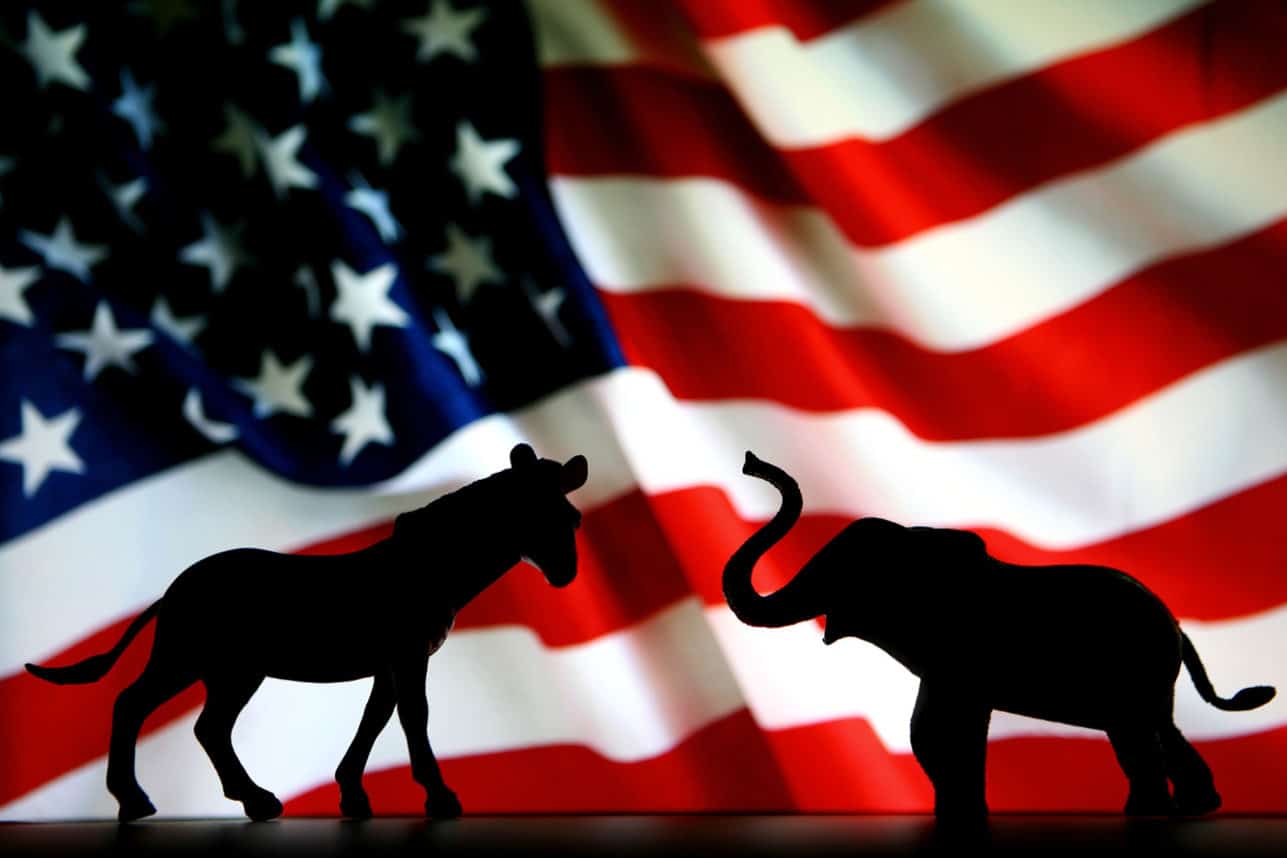
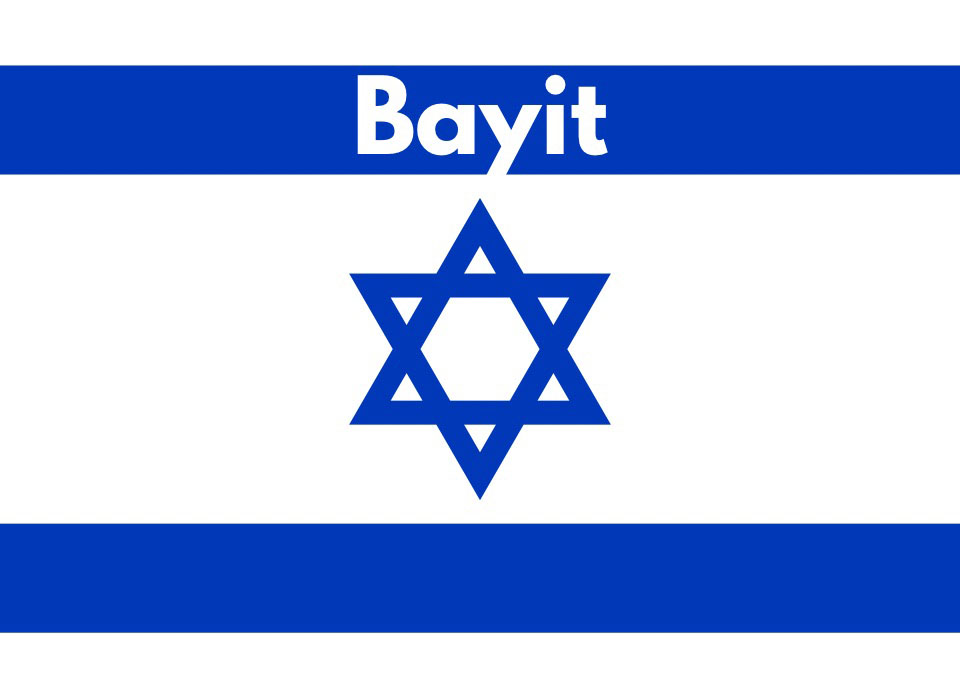
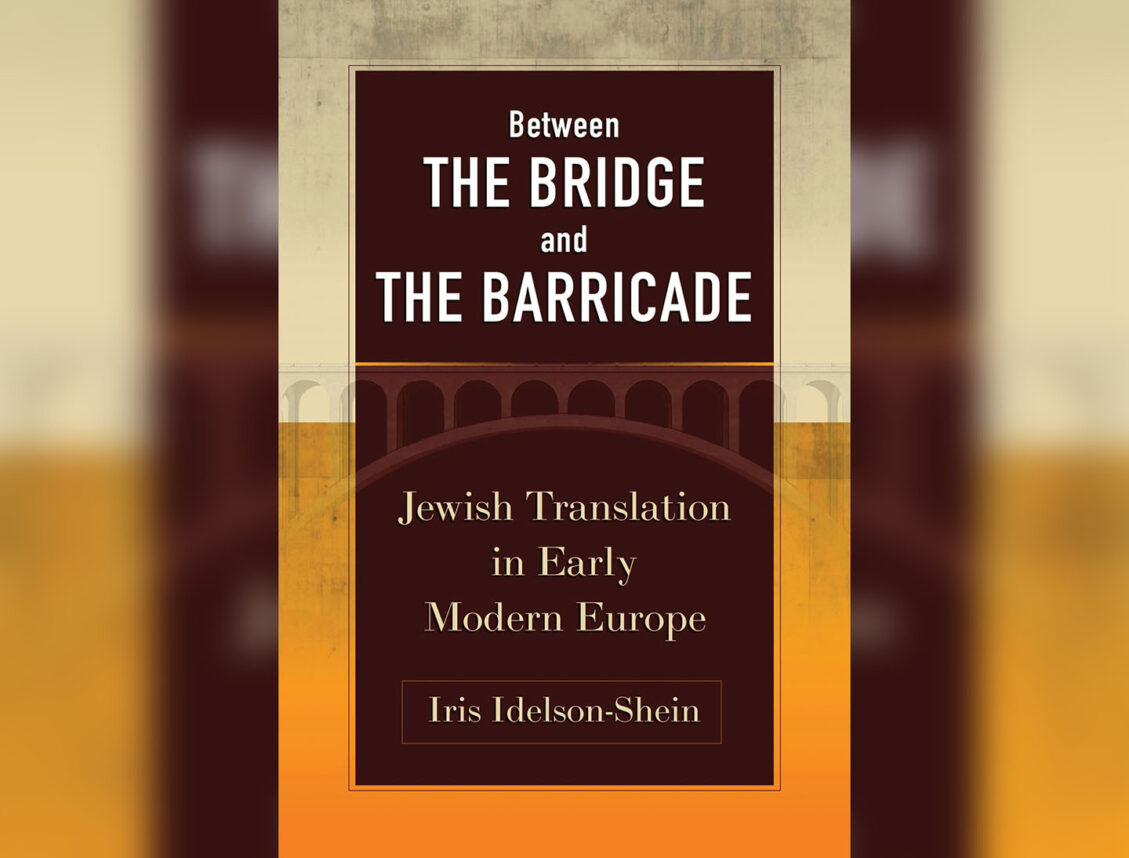
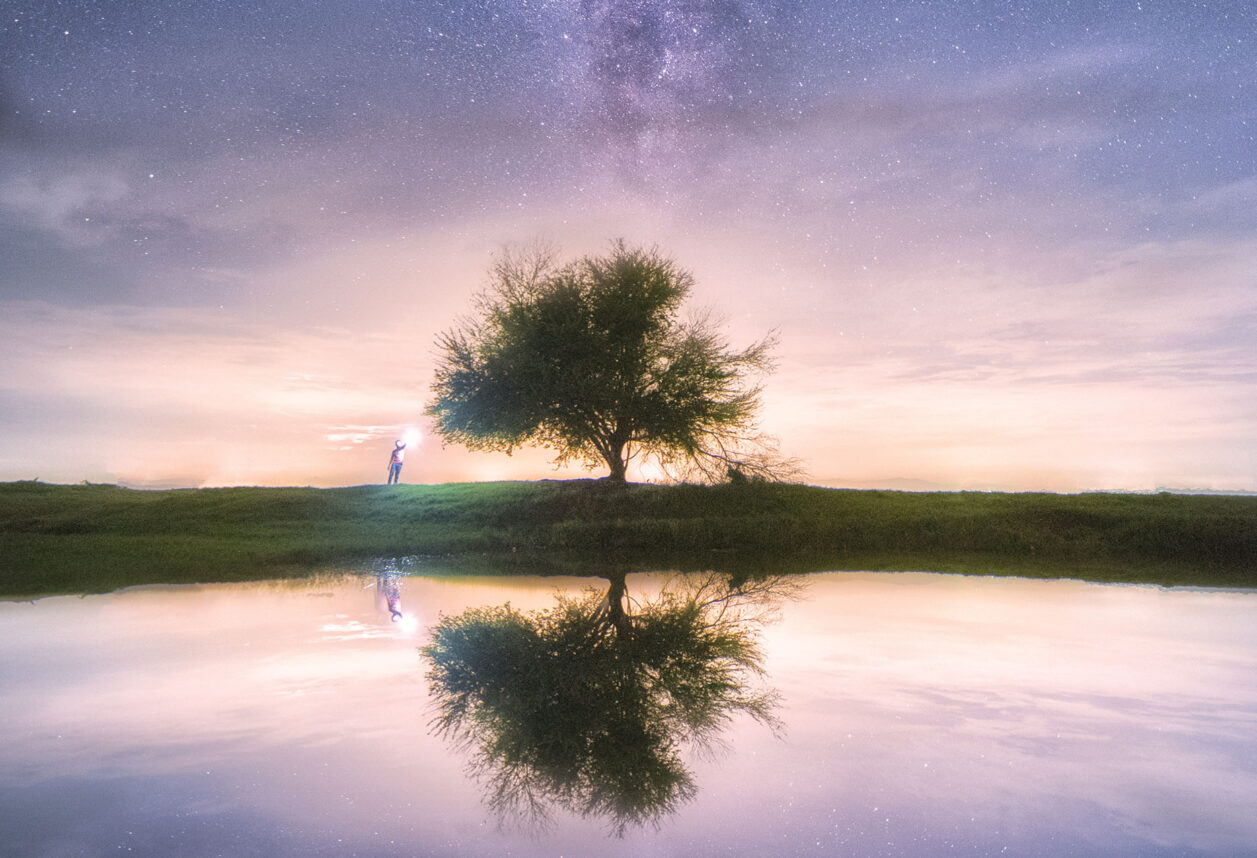
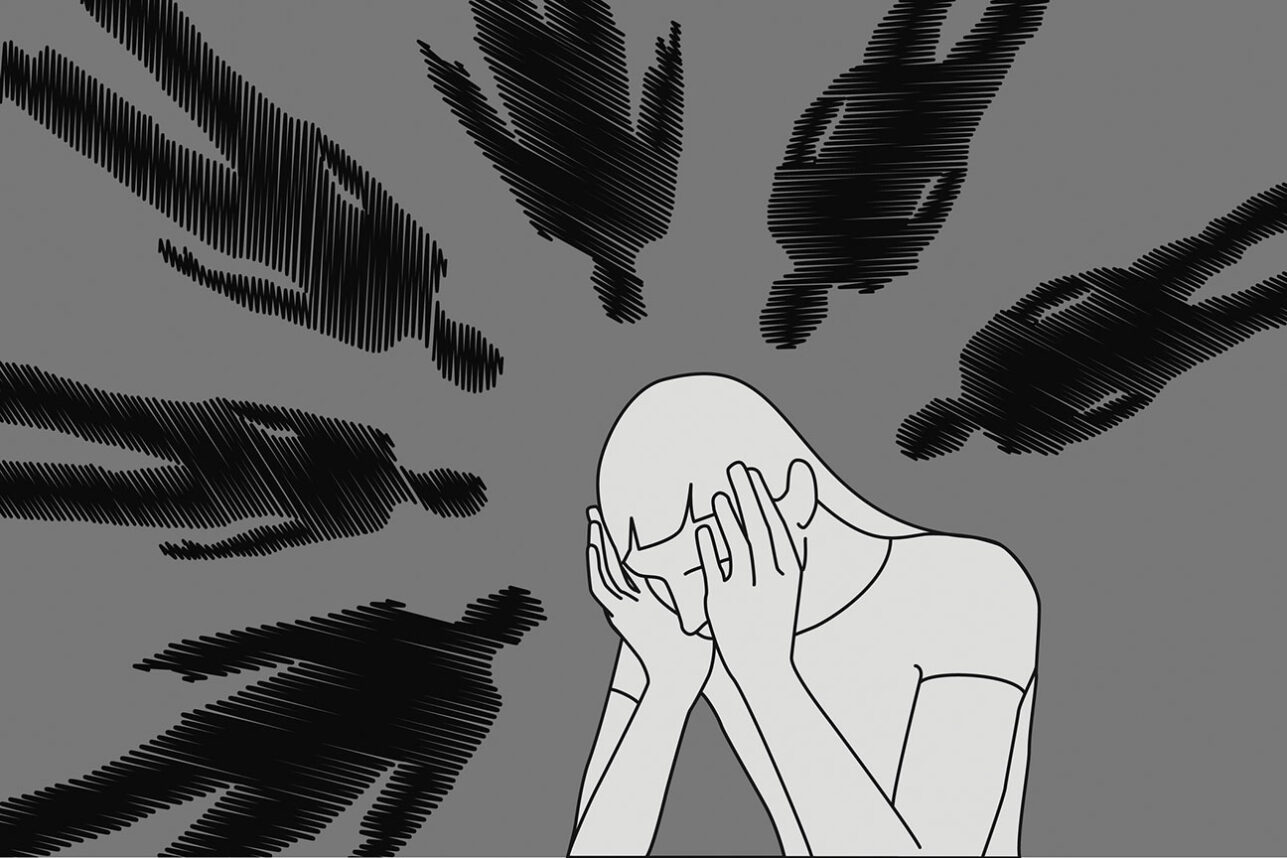
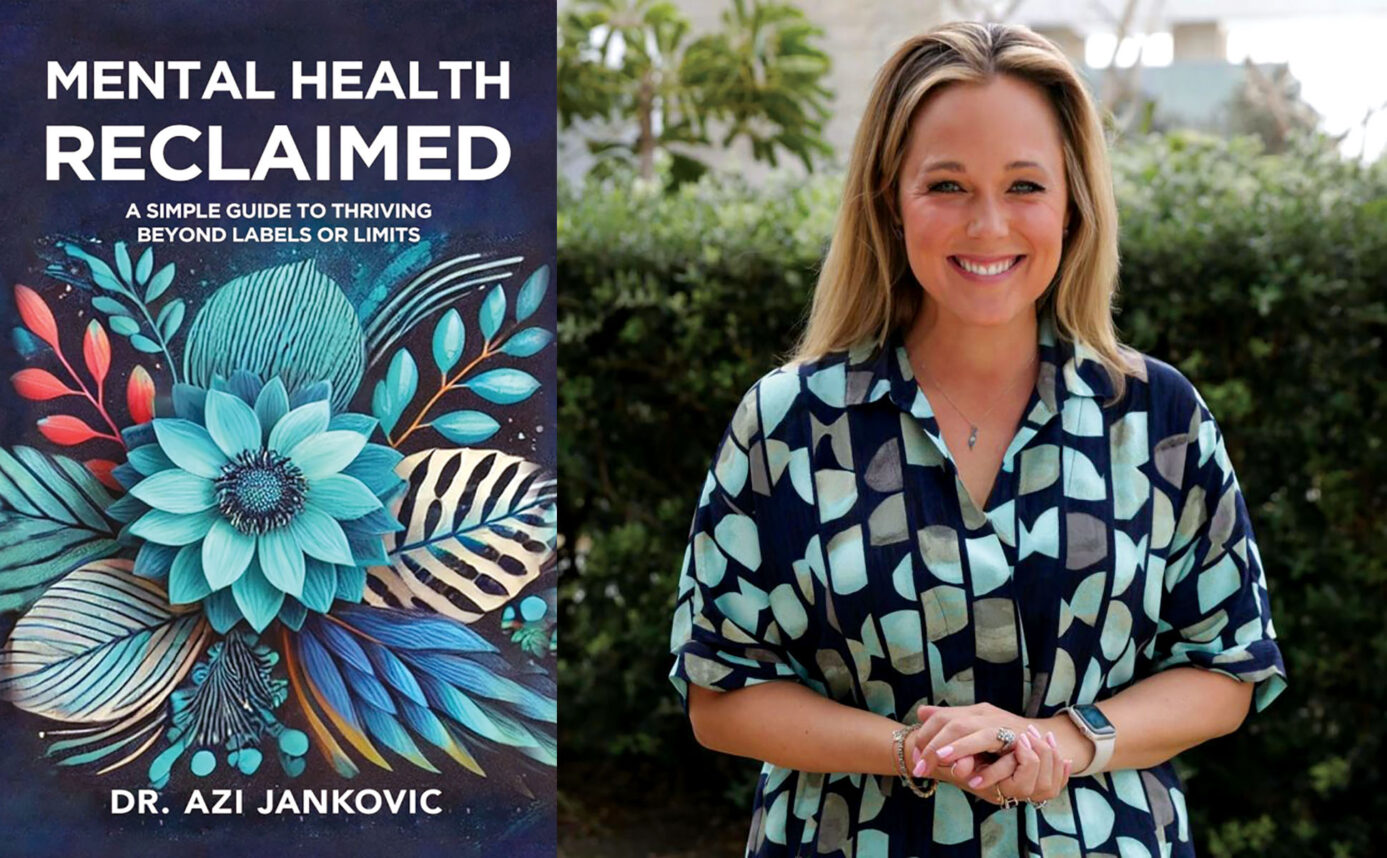



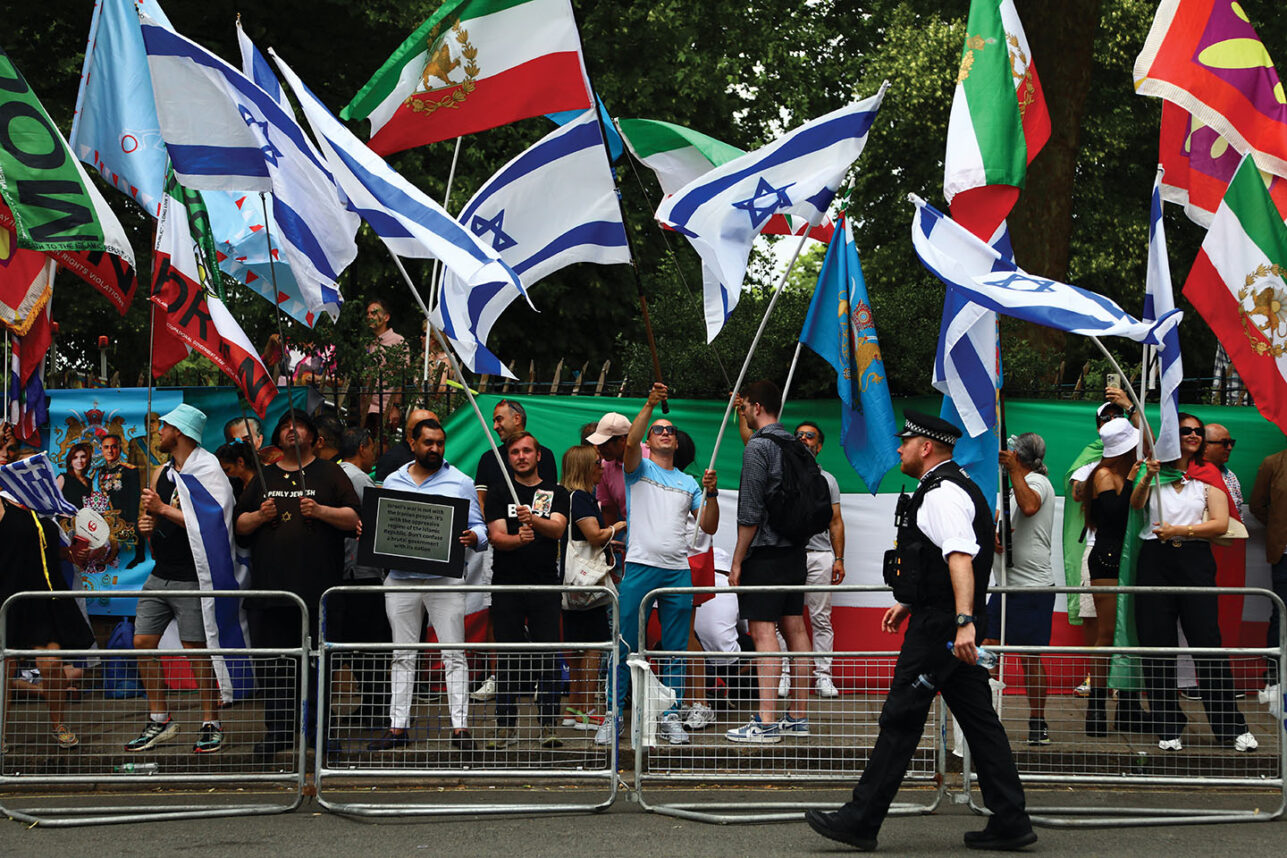

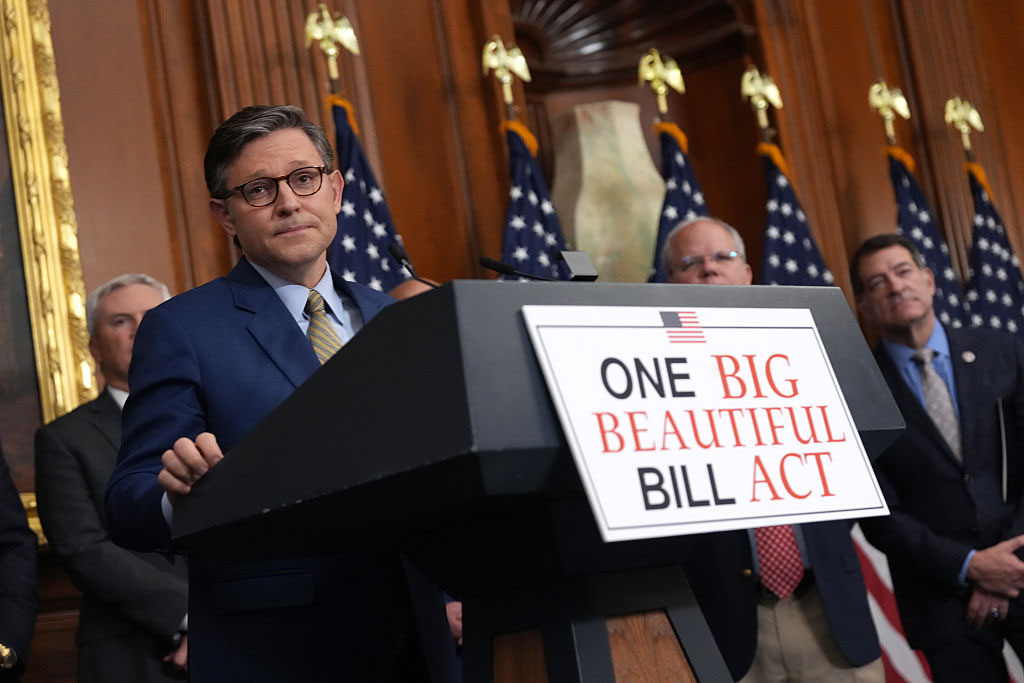
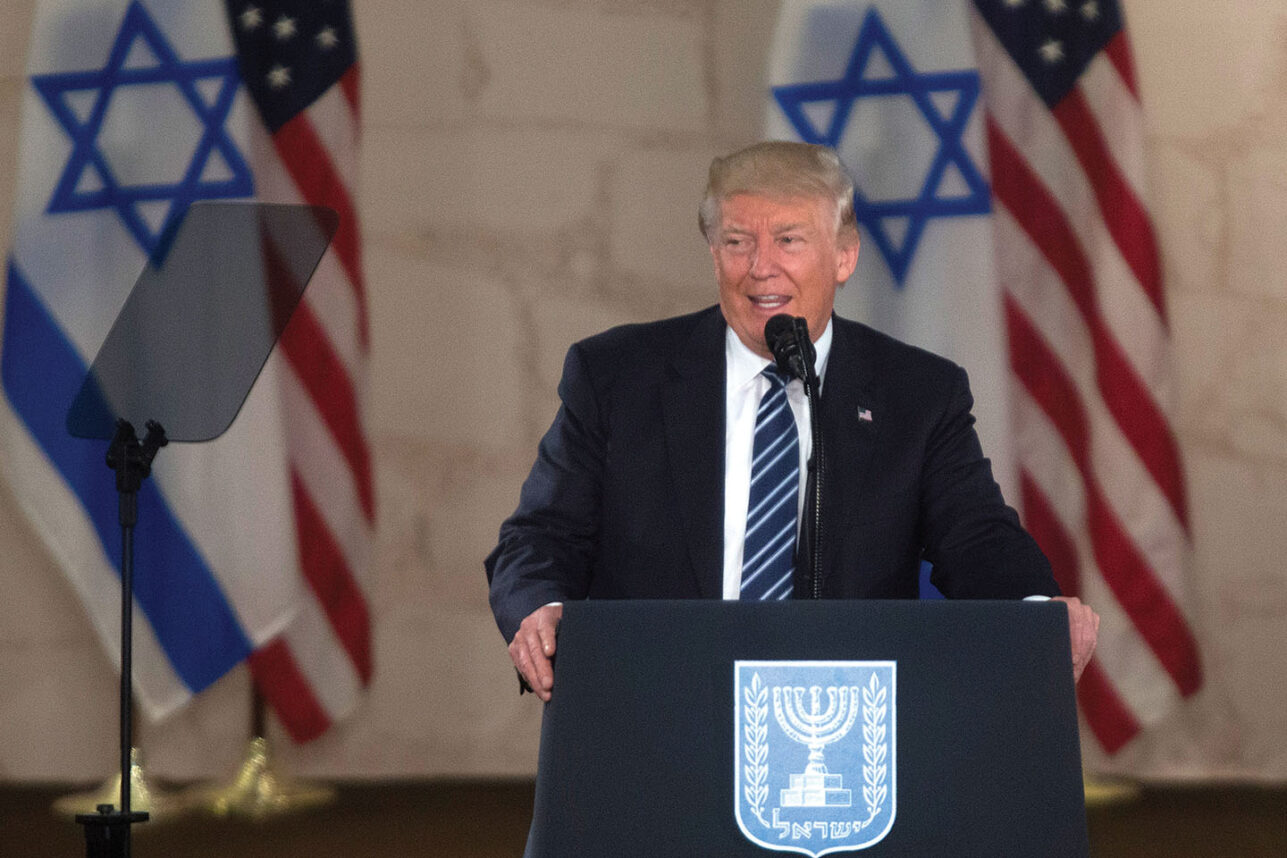

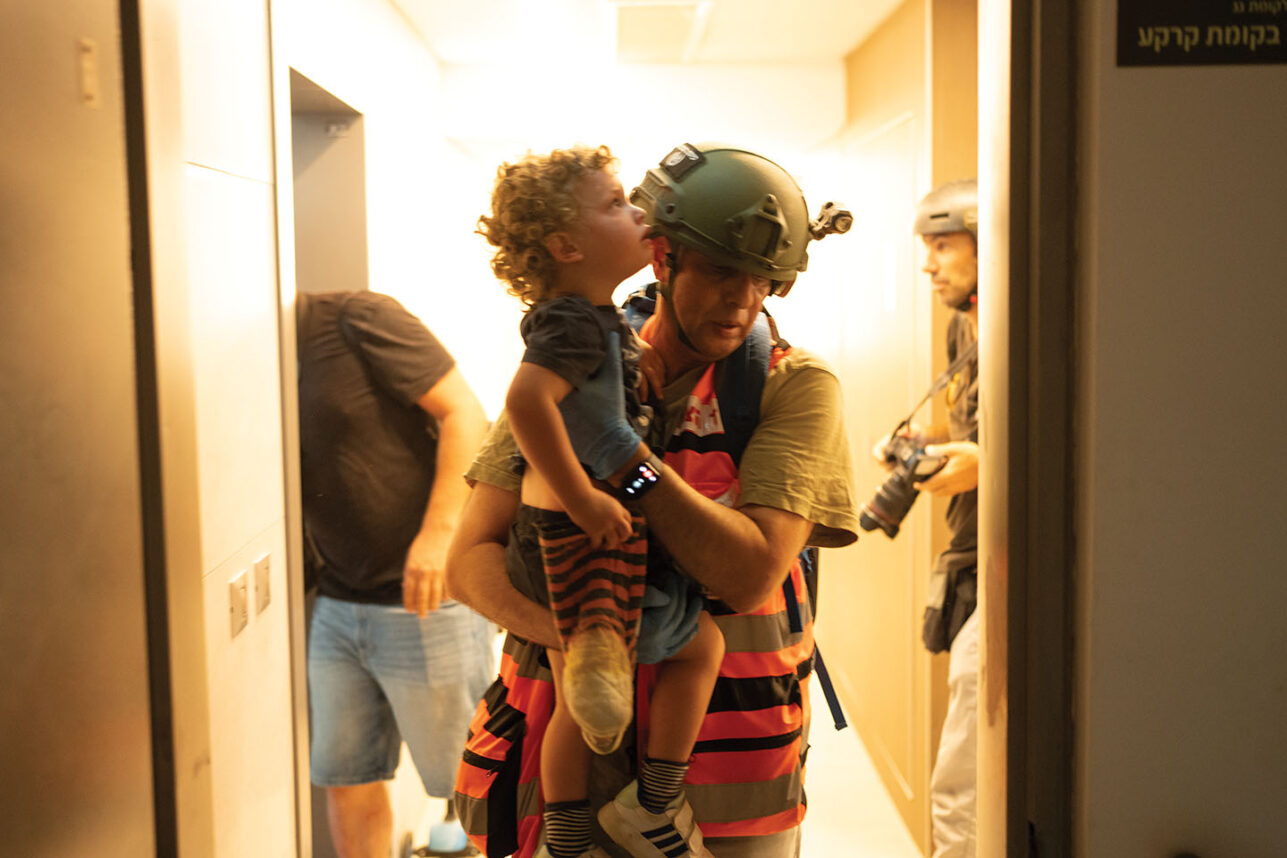
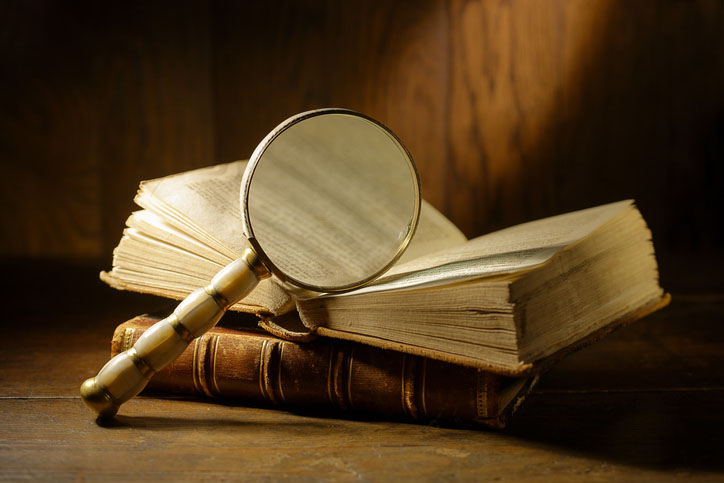
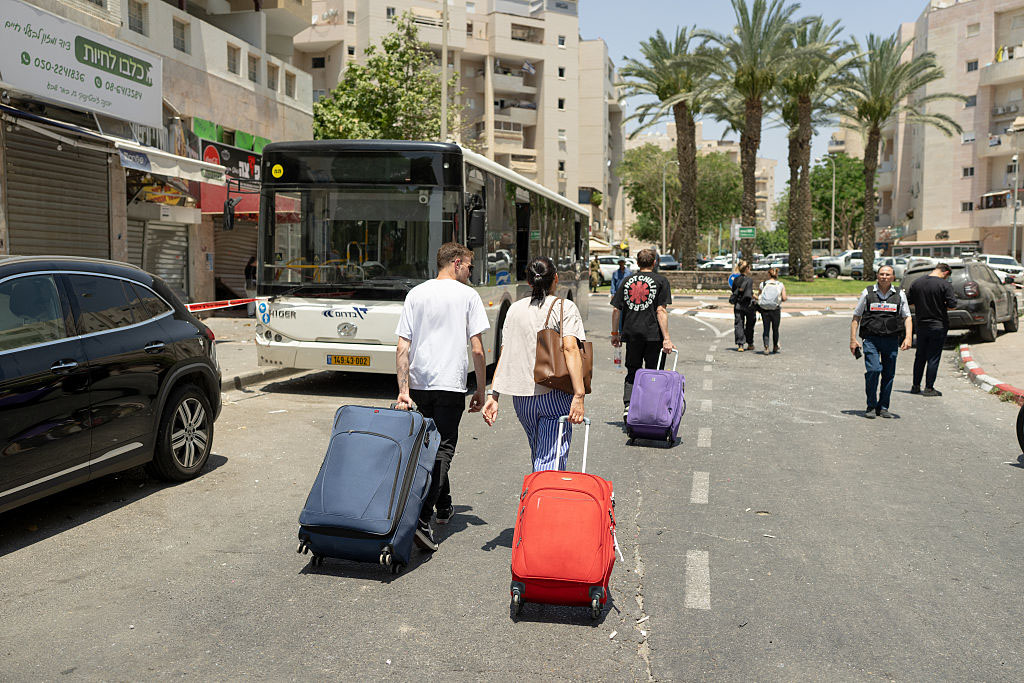



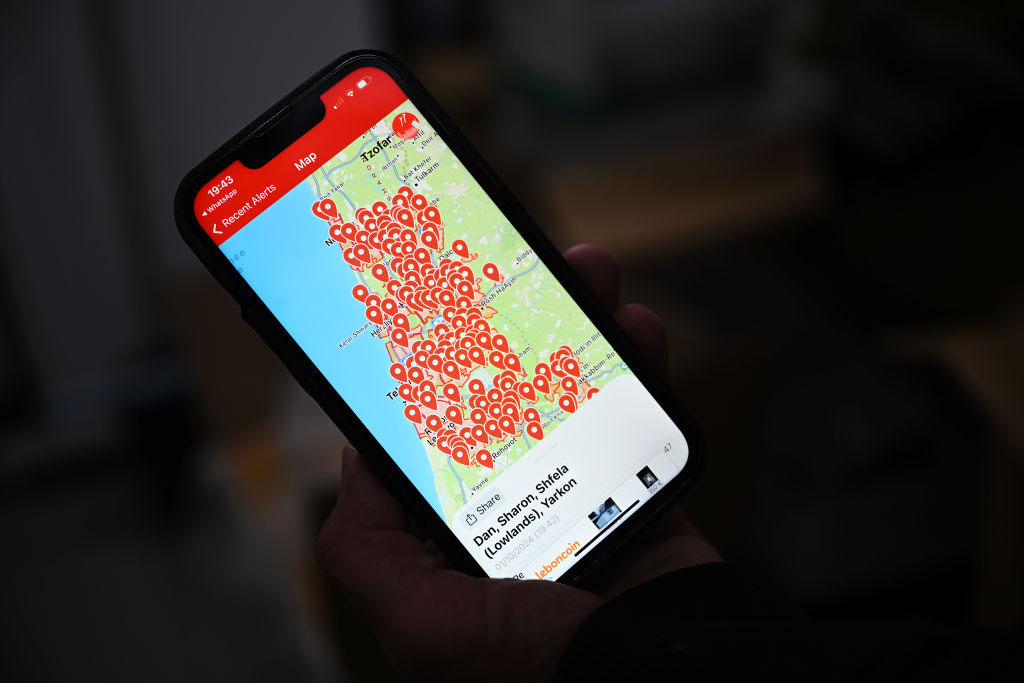
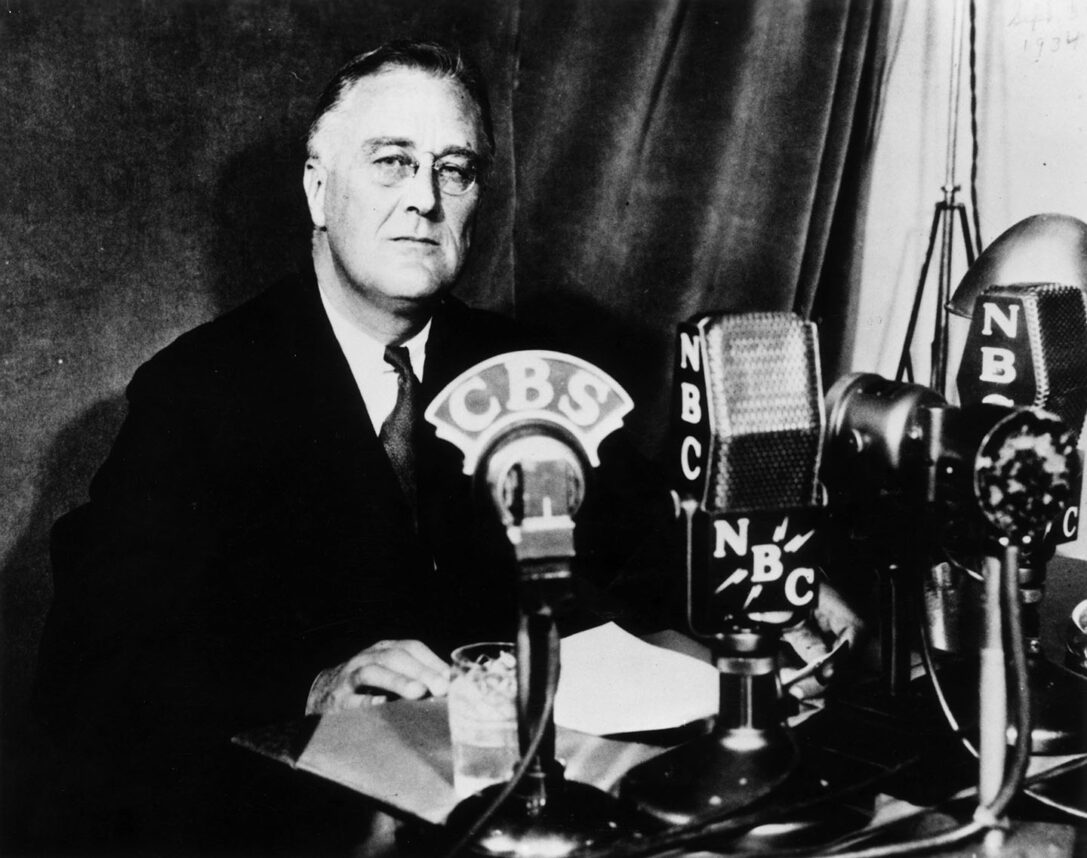

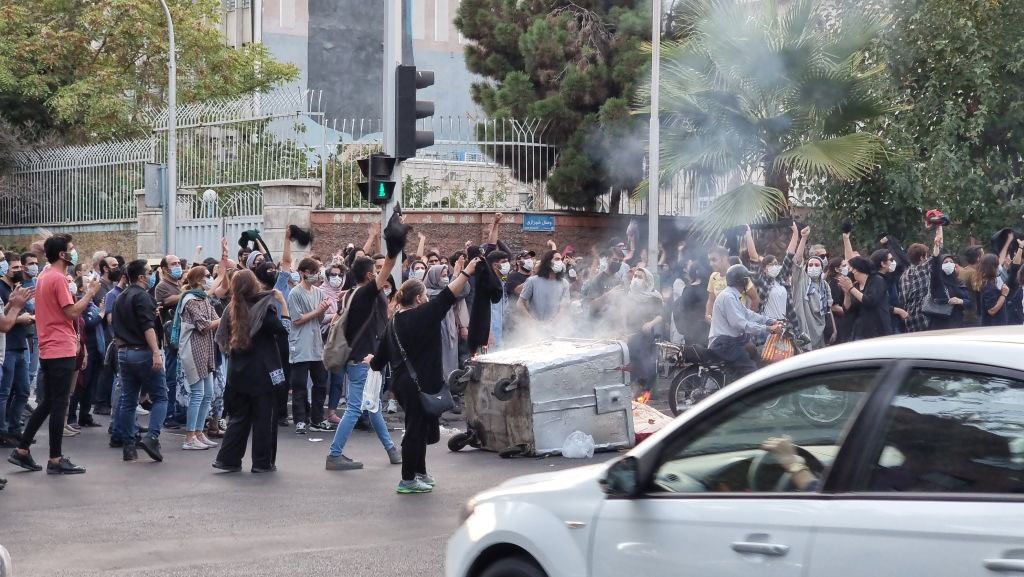
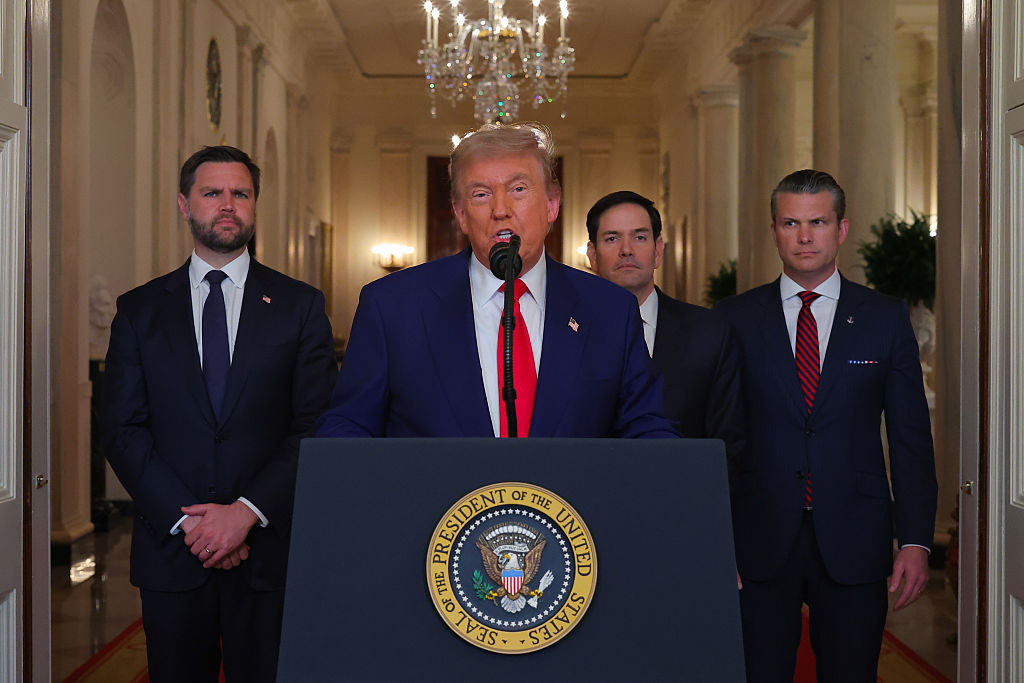

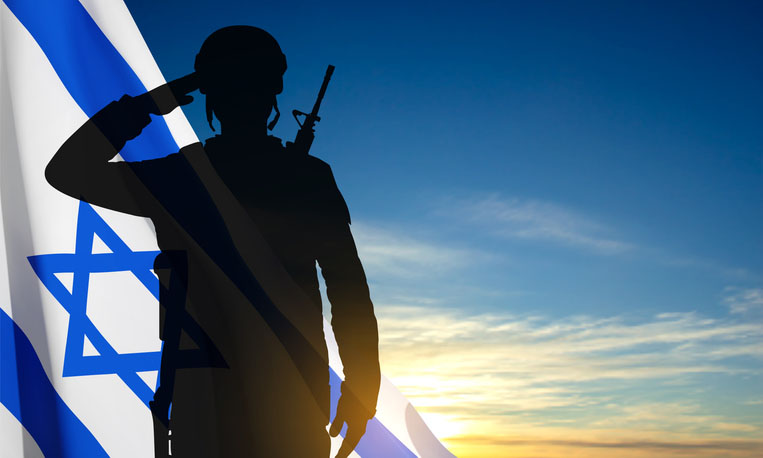

 More news and opinions than at a Shabbat dinner, right in your inbox.
More news and opinions than at a Shabbat dinner, right in your inbox.